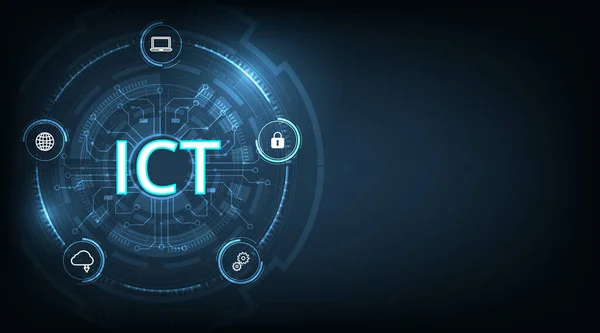
Introduction
In an era where digital transformation is revolutionizing the way businesses operate, communication technologies are at the forefront of this change. As a small business owner, understanding these evolving technologies is vital for your growth and success.
What is VoIP?
VoIP, or Voice over Internet Protocol, is a technology that allows you to make voice calls using a broadband internet connection instead of a traditional analog phone line. Simply put, it’s phone service delivered over the internet.
The Function of VoIP in Business Communication
VoIP brings a wealth of advantages to business communication. It provides flexibility, allowing you and your employees to make and receive calls from anywhere, on any device—be it your office phone, computer, or mobile device. With features like voicemail, call forwarding, and automatic call distribution, it enhances efficiency and fosters collaboration, whether your team is in the office, remote, or on the move.
The Technical Differences: Traditional Telephony vs VoIP
Traditional telephony operates on PSTN (Public Switched Telephone Network), which uses circuit-switched telephony between two points for the duration of the call. These systems use copper lines, requiring significant infrastructure and maintenance.
On the other hand, VoIP transforms voice into digital signals that traverse through the internet. It uses packet-switching technology, which is efficient as it allows several telephone calls to occupy the amount of space a single one would in the traditional system.
Value Positioning of VoIP
VoIP technology has been growing rapidly, and for good reasons. It’s not just about cost savings over traditional telephony, though that’s a significant factor. VoIP offers scalability, which is crucial for growing businesses. You can easily add or remove lines as your business expands or contracts.
Additionally, VoIP comes with superior features that modern businesses need—conferencing capabilities, call forwarding to mobile devices, automatic attendants, and more—often at no extra cost.
Hardware Requirements: Traditional Telephony vs VoIP
For traditional telephony, you would need a physical telephone line, handsets, and often an onsite private branch exchange (PBX) system. This setup involves substantial upfront investment and ongoing maintenance costs.
In contrast, VoIP requires far less hardware. You need a broadband internet connection, a compatible handset (which could even be your existing mobile device), or a headset connected to your computer. You can also opt for a software-based virtual phone system that requires no additional hardware at all.
The Transition: Switching from Traditional Telephony to VoIP
Transitioning to VoIP from traditional telephony is often straightforward. Many VoIP providers offer managed services that handle the setup and management, minimizing the disruption to your operations.
Conclusion
In conclusion, VoIP is a powerful, scalable, and cost-effective solution for small business communications. It provides the features and flexibility that modern businesses need to stay competitive in an increasingly digital and connected world. As a small business owner, making the switch to VoIP is not just a smart move—it’s a strategic one. Furthermore, partnering with a trusted provider like Computer Den Support Services, a registered tier 2 VoIP supplier, can streamline your transition and ensure you’re leveraging the full potential of VoIP technology in your operations. With their expertise and support, you can make the shift confidently, setting your business up for success in the modern digital landscape.

No Comments Yet